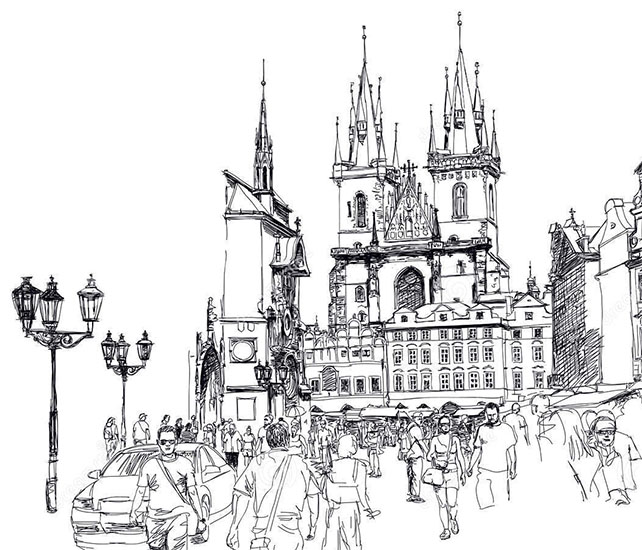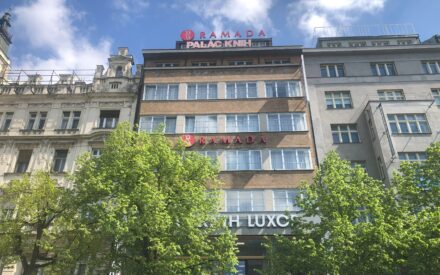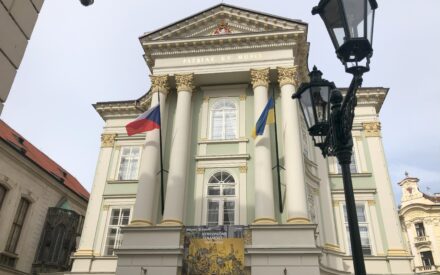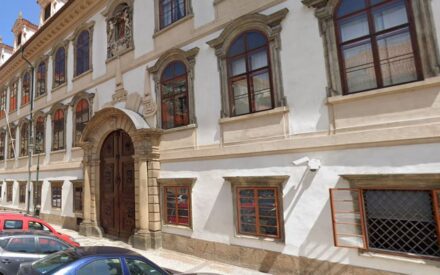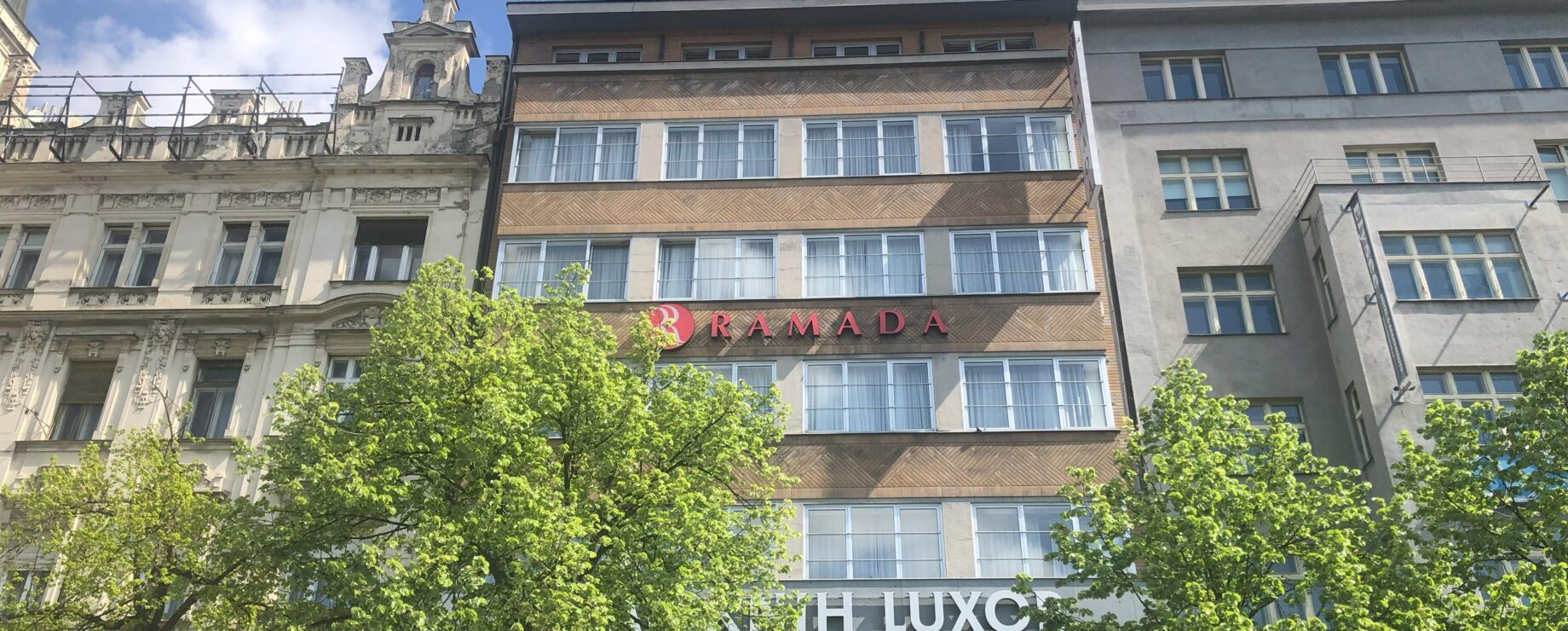
German Sound Film in Czechoslovakia
With the arrival of sound films, Czechoslovak cinemas offered screenings of many films in foreign languages. For the local audience, foreign films were given subtitles or intertitles, and also dubbing started to gain popularity. In some cases, the whole original films were remade for foreign distribution with actors speaking the language of the given country. For example, producers in the USA were recommended to distribute their films to Czechoslovakia in German versions as many citizens still understood German very well and there was also a huge potential to attract viewers in German-speaking borderland areas. Most U.S. films were not translated for the Czech distribution and they were only shown in German.
The German language thus resonated more frequently than Czech or any other language in Czechoslovak cinemas. This resulted in demonstrations against German and German-dubbed films that took place in September 1930 in Prague. The demonstrations started in front of the Avion cinema. On the first day, young fascists, national socialists and students protested against the screening of the German musical comedy Der unsterbliche Lump. In the following days, the protesters also moved to other Prague cinemas where they ripped German film posters and intimidated both cinema visitors and employees. Riots led to damaging of some German culture institutions (including the New German Theatre), German cafes and the German House. There was an immediate response, and German films were temporarily withdrawn from the Prague cinemas’ programme. Although German films found their way back to local cinemas after some time, the riots left scars on the German-Czech relations. Eventually, regulations issued in 1934 and 1935 only allowed importing films in the Czechoslovak language version or the original language version with Czechoslovak subtitles. This also applied to dubbing. Exceptions were possible, but there were few and they mostly occurred in the borderland or in the German cinema Urania.[1]
In spite of these events, German films continued to be popular and well-visited in Czechoslovak cinemas. There were close relations and contacts between Czech and German film-makers. The famous block buster of that era, the Imperial and Royal Field Marshall film was made in Czech-German co-production. Besides the Czech version, there was a German one also starring the Czech actor Vlasta Burian, a beloved celebrity of that time. Carl Junghans’s Such is Life featured actors and actresses of various nationalities. The first Czech sound film Tonka of the Gallows, a very popular piece, was based on the novel by the German writer Egon Kisch.
Rosa / Roza Schlesingerová
Born in Vienna in 1874, she was a part of the bilingual enclave of Prague-based German speaking Jews. She appeared mainly in silent films where she took minor roles, and she was an actress in the New German Theatre where she also worked as a prompter.[2]
[1] I. Koeltzsch: Praha sdílená a rozdělená, s. 240–265; N. M. Wingfieldová: Film jako otázka národní identity. Zvukové filmy a pražské protiněmecké demonstrace v roce 1930, Iluminace 4 (1996), s. 5–32; P. Szczepanik: Konzervy se slovy: počátky zvukového filmu a česká mediální kultura 30. let, Brno: Host, 2009.
[2] M. Fikejz: Český film. Herci a herečky, III. díl: S–Z, s. 77.
Další místa na téma "Notable Women of German-Speaking Prague"
